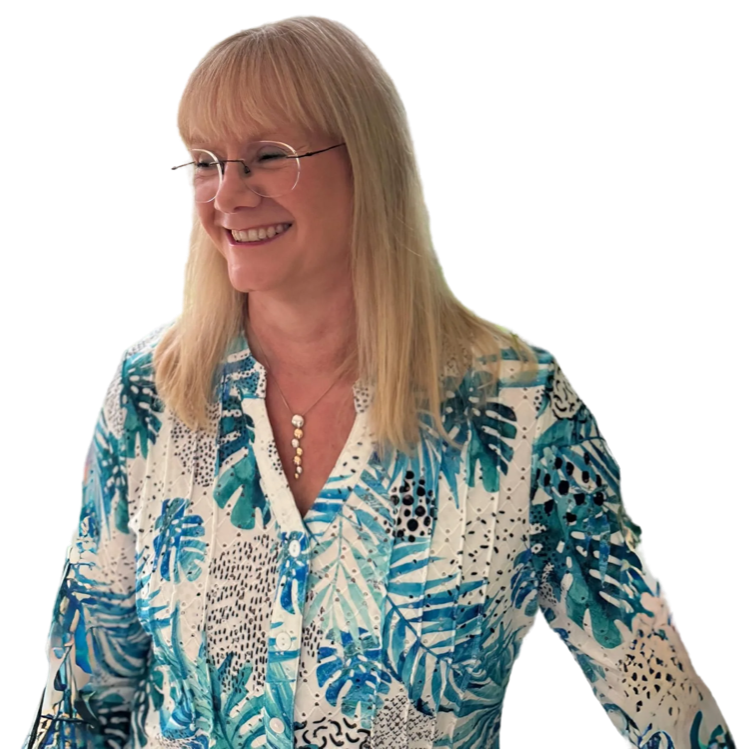
Learn from Leading Early Years Experts with Early Years TV and the Early Years Summit
Get access to some of the world's best professional development for Early Years Professionals and Educators with a free Early Years TV episode each week. Or watch our in-depth summits on Speech, Language & Communication, Literacy, Personal Social & Emotional Development and much more.



